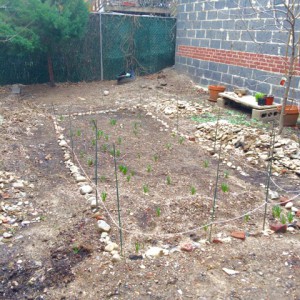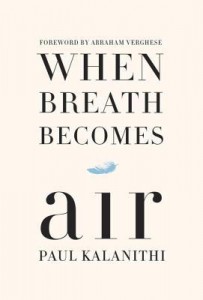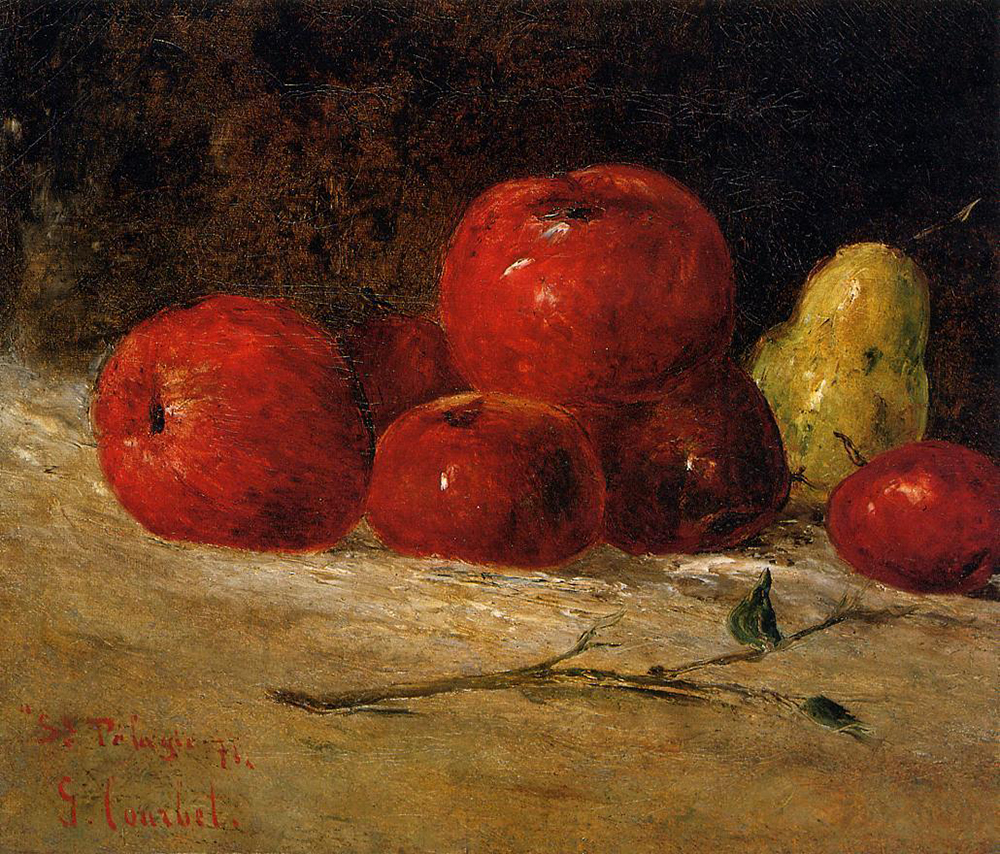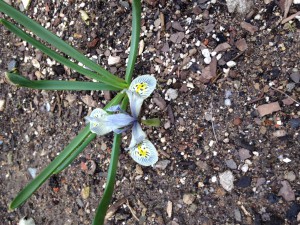Fort Greene Garden Update

A big thank you to Maria Rubinate for organizing the garden restoration project, and to Maureen, Claire, and Calvin (among others), who aided in the transformation of the Shala’s green space. It took a tremendous amount of work (which is still ongoing) to dig up and remove decades of debris. If you are interested in lending a hand, please speak with Maria Rubinate or sign up on the Fort Greene Shala bulletin board. Gardening season is near!

yoga sutra 1.4
Drawing for Spiral Jetty, Great Salt Lake, Utah, Robert Smithson, 1970
1.4 वृत्तिसारूप्यमितरत्र ।।४।।
vṛtti-sārūpyam-itaratra
At other times (itaratra), it takes the form (sarupyam) of the mental activities (vritti). or: Conformity to the operations elsewhere.
It is natural for our minds to identify with our thoughts and with the objects around us. This is the basis of avidya, or ignorance of our real Self — confounding all the changeable things around us with our own true nature. This true nature (atman, purusha, soul, the seer) is said to be eternal and unchanging, and is pure awareness.
This sutra tells us that when we lose touch with our own being, chitta (the mind, or thinking faculty) manifests itself in place of the seer. We then become bound by time and space.
When the mind is not resting in its own true being, it takes the shape of the vrittis. We think the thoughts we have are who we really are. This avidya, the source of all suffering, clouds our perception. When we ‘clean’ our minds our thoughts and actions are not colored and dictated by our misperceptions.
With practice, we can avoid behaving in ways we don’t intend, and can stop ourselves from saying things we regret. Practice allows us to make a habit of being true to ourselves. This intention becomes a habit of awareness. Though we will fluctuate back and forth, identifying ourselves with our mental activities, we can catch ourselves and let go.
Vyaas Houston of the American Sanskrit Institute has said:
“If I don’t remain the seer, continually aware of the field; if nirodhah is not occurring, there is conformity to the vritti. I never lose my original identity — I just think I do.
One or the other is taking place. Either yoga is taking place or there is identity with vritti.”
— Jenny Meyer + Barbara Verrochi
The Shala Book Club: What We’re Reading
We kicked off the Shala Book Club redux with Lauren Groff’s Fates and Furies. Next up is Paul Kalanithi’s “great, indelible” memoir, When Breath Becomes Air. Book club discussion facilitated by Melanie Parker and potluck on Saturday, April 16th, from 5:45 to 7:15pm.

thank you martin luther king
excerpt of speech on Civil Rights, Segregation & Apartheid South Africa, london 1964
I’m not talking about a weak love. I’m not talking about emotional bosh here. I’m not talking about some sentimental quality. I’m not talking about an affectionate response. It would be nonsense to urge oppressed people to love their violent oppressors in an affectionate sense, and I have never advised that. When Jesus said, “Love your enemies,” I’m happy he didn’t say, “Like your enemies.” It’s pretty difficult to like some people. But love is greater than like. Love is understanding creative, redemptive goodwill for all men. Theologians talk about this kind of love with the Greek word agape, which is a sort of overflowing love that seeks nothing in return. And when one develops this, you rise to the position of being able to love the person who does the evil deed, while hating the deed that the person does. And I believe that this can be done. Psychiatrists are telling us now that hatred is a dangerous force, not merely for the hated, but also the hater. Many of the strange things that happen in the subconscious, many of the inner conflicts, are rooted in hate. And so they are saying, “Love or perish.” This is why Erich Fromm can write a book entitled The Art of Loving, arguing that love is the supreme unifying force of life. And so it is wonderful to have a method of struggle where it is possible to stand up against segregation, to stand up against colonialism with all of your might, and yet not hate the perpetrators of these unjust systems. And I believe firmly that it is through this kind of powerful nonviolent action, this kind of love that organizes itself into mass action, that we will be able to transform the jangling discords of our nation and the world into a beautiful symphony of brotherhood. Certainly this is the great challenge facing us.
http://www.democracynow.org/2015/1/19/exclusive_newly_discovered_1964_mlk_speech
Meditation
….in countries like India or Burma or Tibet, where meditation practice is more widespread, practitioners are counseled to look for qualities like kindness and compassion as the metrics of whether their practice is proving effective or not. And, as I was taught in each of those places, look not towards your formal period of practice — your retreat experience, or the time you might put into meditation each day, however long or short — look to your everyday life to see signs of the possible efficacy of the practice: How are you with yourself when you’ve made a mistake? How attentive are you when meeting a stranger? How rigidly do you categorize people, and then cease to pay attention to them altogether? How might you be creating an “other” that you then discount or disdain?
Read more from Sharon Salzberg’s weekly post on On Being.
http://onbeing.org/blog/exploring-lovingkindness-in-the-lab-and-in-the-heart/7778
yoga sutra 1.3

Still Life Apples and Pears by Gustave Courbet, 1871
1.3 तदा द्रष्टुः स्वरूपेऽवस्थानम् ।
TADĀ DRAṢṬUḤ SVA-RŪPE ‘VASTHĀNAM
tadā — then
draṣṭuḥ — of the seer (draṣṭṛ — the seer)
sva — one’s own (as in ‘swami’ — boss, owner)
rūpe — in being, (rūpa — form, body)
avasthānam — established, abiding, standing
from ‘ava’ — a prefix meaning away, down, off
and ‘sthāna’ — standing, from root ‘sthā,’ to stand’
When the vṛttis, or turnings of the mind, become quiet, when we are no longer bound by the patterns of our mind (Sūtra 1.2), we can fully connect with our inherent stability.
The seer (draṣṭṛ, pure consciousness) is unchanging and not subject to the vṛttis.
In the Bhagavad Gītā, the seer is called the Ātman, and is described by Kṛṣṇa in this way:
Neither is this (the embodied self) born nor does it die at any time,
Nor, having been, will it again come not to be.
Birthless, eternal, perpetual, primeval,
It is not slain when the body is slain. bg 2.20
Weapons do not pierce this (the Embodied Self),
Fire does not burn this,
Water does not wet this,
Nor does the wind cause it to wither. BG 2.23
It is said that this is unmanifest,
Unthinkable, and unchanging.
Therefore, having understood in this way,
You should not mourn. BG 2.25
—translation Winthrop Sargeant
— jenny meyer + barbara verrochi
yoga sutra 1.2

Northeaster, 1895, Winslow Homer
1.2 योगश्चित्तवृत्तिनिरोधः
YOGAŚCITTAVṚTTINIRODHAḤ
YOGAḤ-CITTA-VṚTTI-NIRODHAḤ
Yoga means stopping mental activity.
Patanjali defines yoga as nirodha, or a quieting of the vrittis (fluctuations) of the citta (mind, intelligence, and ego). ‘Nirodhah’ literally means ‘stopping,’ so ‘stilling’ is a good way to understand this sutra. The word ‘nirodhah’ is cognate to ‘erode.’ ‘The root is rudh — to obstruct. And it seems the vrttis (the whirlings of the mind) are gradually worn away like that — eroded as we become established in our own being.
— jenny meyer + barbara verrochi
Oprah Winfrey interview with Thich Nhat Hanh

Thich Nhat Hanh has been a Buddhist monk for more than 60 years, as well as a teacher, writer, and vocal opponent of war – a stance that left him exiled from his native Vietnam for four decades. Now the man Martin Luther King Jr. called “an apostle of peace and nonviolence” reflects on the beauty of the present moment, being grateful for every breath, and the freedom and happiness to be found in a simple cup of tea.
https://www.youtube.com/watch?v=NJ9UtuWfs3U
for full interview
yoga sutra 1.1

Violet Leaf on Orange Background (Palmette), 1947, Henri Matisse
1.1 अथ योगानुशासनम्
atha yogānuśāsanam
here upon, the lesson on yoga.
This is the first sutra of 196 sutras on the teachings of yoga by Patanjali. “Atha” translates as now. Now, at this moment, the teaching begins. And now, at this moment, we can begin our practice. No other time is better than now. Pema Chodron succinctly describes beginning our spiritual practice in How to Meditate.
You start where you are. You might feel that you are the single most stressed-out person on Planet Earth; you might be hopelessly in love; you might have six children and a full-time job; you might be going through a depression or a dark night of the soul. Wherever you are, you can begin there.
— jenny meyer + barbara verrochi




